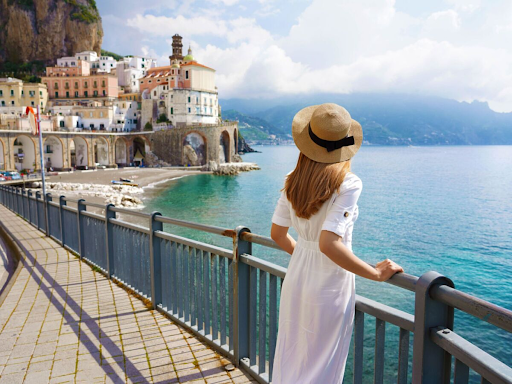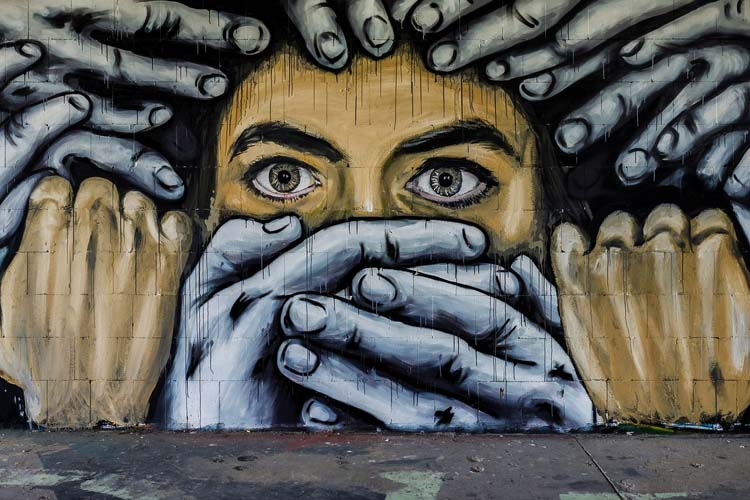Over 62 million people visit Italy each year and this makes perfect sense since there’s so much to see. Its architecture is amazing, it has an interesting history, fantastic food, great fashion and popular cities such as Florence, Rome and Venice.
Because of artists like Michelangelo, many cities have their own beauty.
You can also see wonderful coastlines and mountains! Fact is, Italy suits visitors who prefer cities, as well as those who enjoy nature.
One might plan to go swimming, learn about wine at local vineyards, visit fun events, see artistic creations, reflect on history or chill on white sand beaches.
Come along and see what stands out in every season in Italy. So, gather your things and start planning your adventure seeing Italy’s rich nature, impressive buildings and storied background.
How Much Difference There Is Between Italy’s Seasons?
Visit all areas in Italy are subject to four different seasons. Usually, the regions in the north have lower temperatures than those in the south.
Usually, the Cycle of Seasons Takes Time
In spring, we have good and pleasant weather.
It gets very hot in the summer and there is a lot of action and crowds.
Autumn has cool weather and sometimes there is a little bit of light rain.
The weather is chilly in winter and everything is quite still.
March, April and May is when spring happens (Smart for travel!). The weather is great and many unusual plants start to blossom.
Western Europe weather: Mild temperatures are common, generally falling between 5°C and 25°C which is very pleasant.
Why come: We like to think of this as the “shoulder season.” It results in tickets being easier on the wallet than in the peak summer season.
Going to Italy in spring is a good tip for saving money, since costs are not as high.
The months of June, July and August are summer and very busy (and also quite hot)!
Temperatures: In July and August, it is especially hot because the weather is very warm for the whole season. Temperatures above 40°C can happen, mainly close to the equator. Humidity is often very high in the air.
So many people continue to visit the park, even though it’s so hot, so it must be quite special.
The festival season is packed and the beautiful beach weather makes it even better! Visualize busy streets and a lot of sunlight right by the coast.
If that sounds fun to you: Visit Italy in summer is perfect for those who adore the beach, lively festivals and seeing excitement everywhere.
Keep in mind to arrange everything (e.g., flights and accommodation) early, because engaging in Christmas tourism can be both popular and costly. Include lots of sunblock in your bag when you travel.
Autumn: September to November (A Really Wise Time to Visit!)
Autumn days are cozy and wonderful and the scenery is beautiful and interesting. Fall often means that people strongly advise visiting different places.
Daytime temperatures are still comfortable in September and by October they become mild. Travelers should pick autumn because the number of tourists drops which means smoother travel.
Now is the season for farming which makes it attractive to food and wine lovers since so many festivals are taking place (like for truffles or chocolate).
It’s great for: Eating local delicacies, tasting local wine, taking easy tours and gazing at beautiful fall sights.
The time of autumn is when hotels or rental places often decrease their prices. Because the weather can shift suddenly, having an umbrella is a wise idea.
Winter: from December to February (There Are Fewer Crowds and Costs Are Low!)
If you come to Italy at another time of the year than Christmas or New Year, there are not as many tourists. Anyone who loves cooler temperatures tends to have a special and personal experience.
Climate in central and southern Italy is usually soft and peaceful. There isn’t snow in all parts of the north, but temperatures there often stick between -5°C and 15°C.
Because tourism isn’t at its peak, there are not as many people around and you get a clearer view of the local life. You will usually see the most cost-effective deals at this time.
It appeals to: Travelers interested in visiting exhibits and museums, cafes and participating in winter sports in the region’s northern areas.
Pack warm clothes if you are going to the northern parts of the country.Some stores end up closing on Christmas to offer staff more time off.
Exactly When Should I Visit Venice?
Italy is the most visit site from late spring to early summer and then again in autumn, since people believe these are the best “shoulder seasons” for tourism.
You experience nice weather, there are not as many tourists as in the summer and sometimes there are special discounts.
When you travel should be decided based on what you hope to do there.
If your goal is to visit cities (such as Rome or Florence), it´s best to come during Spring or Autumn.
For a stay by the sea (such as on the Amalfi Coast), the ideal time is at the beginning of June or at the start of September.
People on a budget should travel in January or February.
For ski trips, the best months are December, January and February in the Alps.
Pick the period whether it’s morning, lunch or dinner and Italian food will surely win you over.




